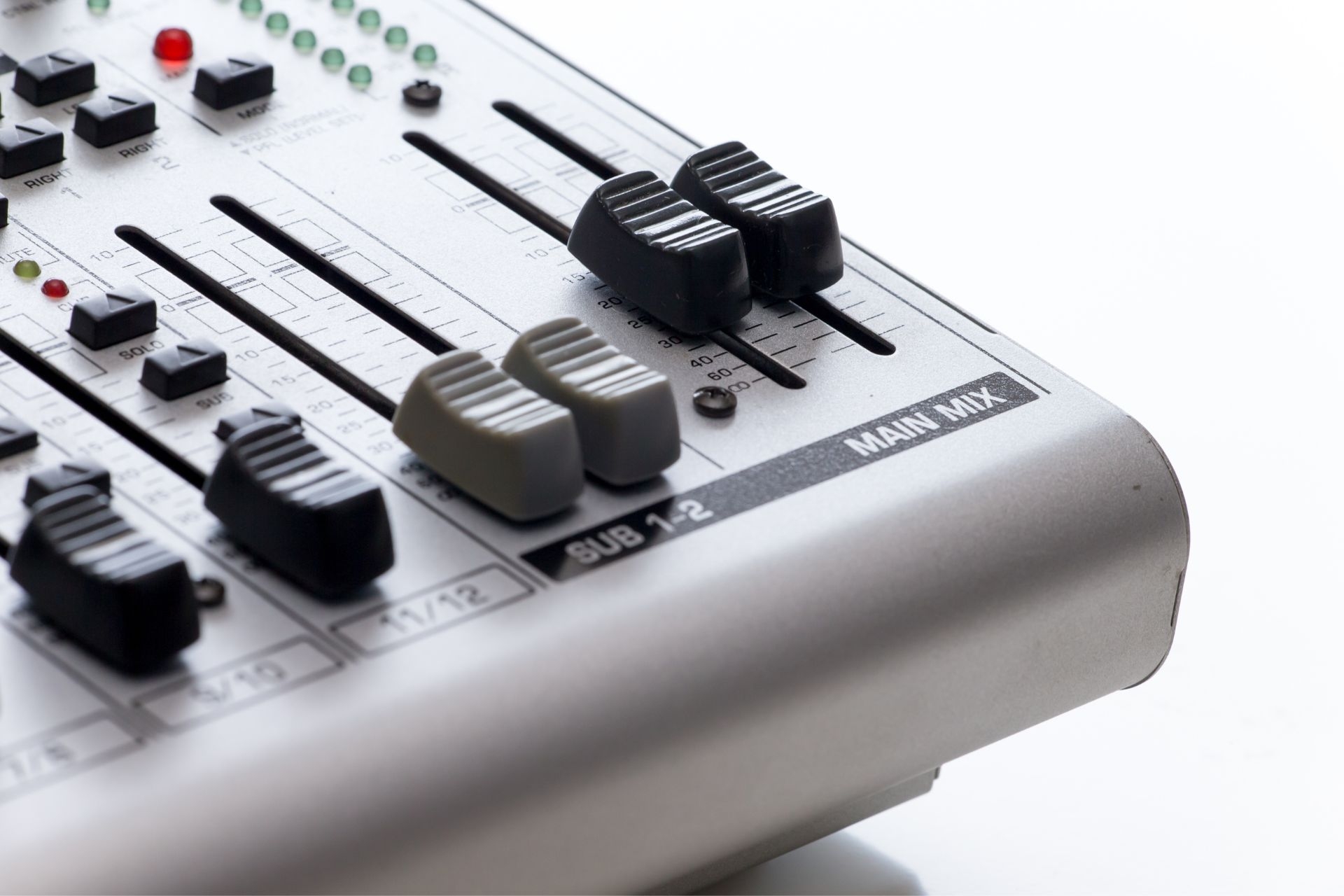

Redundant power supplies in storage solutions are backup power sources that are designed to provide continuous and uninterrupted power to the storage system. They work by having multiple power supplies connected to the storage solution, with each power supply capable of independently powering the system. In the event of a power failure or malfunction of one power supply, the redundant power supplies automatically take over and provide power to the storage system, ensuring that it remains operational without any interruption.
There are several benefits of using storage solutions with redundant power supplies. Firstly, they greatly enhance the reliability and uptime of the storage system. By having multiple power supplies, the system can continue to function even if one power supply fails, minimizing the risk of downtime and data loss. Additionally, redundant power supplies provide a level of fault tolerance, as they can automatically switch to a backup power source without any manual intervention. This helps to ensure that the storage system remains operational and accessible to users, even in the event of a power failure.
The internet of things (IoT) has transformed the way we interact with the world, connecting a myriad of devices to the internet, from smart thermostats in our homes to industrial sensors in manufacturing plants. A significant portion of these IoT devices relies on the Linux operating system due to its flexibility, robustness, and open-source nature.Deploying software to Linux-based devices, at scale, is a complex and critical process that requires planning, well-thought-out processes, and adherence to best practices to ensure the stability, security, and manageability of the IoT fleet. In this article, we’ll explore some best practices for deploying software on large fleets of Linux-based IoT devices.To read this article in full, please click here
Posted by on 2024-03-20
JetBrains has launched a public beta version of TeamCity Pipelines, a cloud-based CI/CD (continuous integration/continuous delivery) service for small and medium-sized software engineering teams.Unveiled March 18, TeamCity Pipelines is intended to enable small development teams to automate the process of integrating code changes, testing them, and delivering an application. JetBrains said the goal was to provide an intuitive platform for running devops pipelines with minimum complexity. The combination of a user-friendly UX with intelligence and optimization features for small teams minimize disruptions for developers, the company said.To read this article in full, please click here
Posted by on 2024-03-19
Federated learning marks a milestone in enhancing collaborative model AI training. It is shifting the main approach to machine learning, moving away from the traditional centralized training methods towards more decentralized ones. Data is scattered, and we need to leverage it as training data where it exists.This paradigm is nothing new. I was playing around with it in the 1990s. What’s old is new again… again. Federated learning allows for the collaborative training of machine learning models across multiple devices or servers, harnessing their collective data without needing to exchange or centralize it. Why should you care? Security and privacy, that’s why.To read this article in full, please click here
Posted by on 2024-03-19
The world has become “sensor-fied.”Sensors on everything, including cars, factory machinery, turbine engines, and spacecraft, continuously collect data that developers leverage to optimize efficiency and power AI systems. So, it’s no surprise that time series—the type of data these sensors collect—is one of the fastest-growing categories of databases over the past five-plus years.However, relational databases remain, by far, the most-used type of databases. Vector databases have also seen a surge in usage thanks to the rise of generative AI and large language models (LLMs). With so many options available to organizations, how do they select the right database to serve their business needs?To read this article in full, please click here
Posted by on 2024-03-18
While redundant power supplies are highly recommended for most storage solutions, they may not be necessary for all types of storage solutions. The need for redundant power supplies depends on the criticality of the data being stored and the level of uptime required. For example, in a small-scale storage solution used for non-critical data, a single power supply may be sufficient. However, in enterprise-level storage solutions that store mission-critical data and require high availability, redundant power supplies are essential to minimize the risk of downtime and data loss.

Redundant power supplies play a crucial role in contributing to the reliability and uptime of storage systems. By having multiple power supplies, the system can continue to operate even if one power supply fails. This redundancy ensures that there is no single point of failure, reducing the risk of downtime and data loss. Additionally, redundant power supplies often come with built-in monitoring and failover mechanisms, which can automatically detect power supply failures and switch to a backup power source seamlessly. This helps to maintain the availability and accessibility of the storage system, ensuring that users can access their data without any interruption.
While redundant power supplies can greatly enhance the reliability and uptime of storage solutions, they alone cannot prevent data loss. Redundant power supplies primarily focus on ensuring continuous power supply to the storage system, minimizing the risk of downtime. However, data loss can still occur due to other factors such as hardware failures, software errors, or human errors. To prevent data loss, it is important to implement additional measures such as regular backups, data replication, and data recovery strategies. These measures work in conjunction with redundant power supplies to provide a comprehensive data protection solution.

Despite their benefits, there can be some challenges or issues that arise with redundant power supplies in storage solutions. One common challenge is the increased complexity of the system. Having multiple power supplies requires additional cabling, power management, and monitoring systems, which can be more complex to set up and maintain. Another challenge is the increased cost associated with redundant power supplies. Implementing redundant power supplies can be more expensive due to the need for additional hardware and infrastructure. Additionally, there can be compatibility issues between different power supplies and the storage system, requiring careful selection and configuration.
When implementing redundant power supplies in storage solutions, there are several considerations and requirements to keep in mind. Firstly, it is important to ensure that the power supplies are properly sized and capable of providing sufficient power to the storage system. This involves calculating the power requirements of the system and selecting power supplies that can meet those requirements. Additionally, it is crucial to have a reliable and robust power distribution system in place to ensure that the power supplies are properly connected and can deliver power without any issues. Regular maintenance and testing of the redundant power supplies are also necessary to ensure their effectiveness and reliability.
